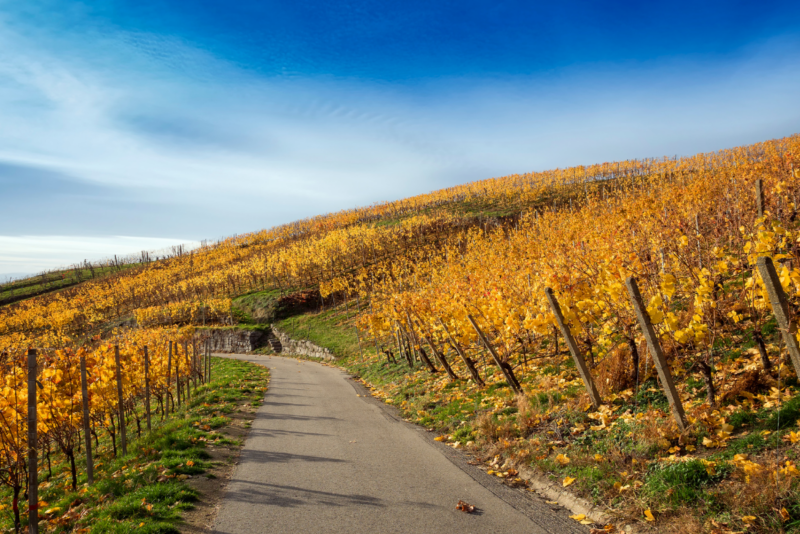As the 2021 vintage is approaching its end in Rioja, I thought it would be timely to share a few lines on the history and characteristics of the most classic and famous Spanish wine region: the Rioja DOCa. As with many wine lovers around the world the PRWineBEAT team adore Rioja, and we’d love to share with you what we know about the region!
The DOCa Rioja wine region
The Rioja DOCa is located in the north of Spain and is a region that follows the Ebro river basin, where over 65000 hectares of vineyards are framed between the Sierra de Cantabria range toward the north and the Sierra de la Demanda range toward the south. The region spreads across 100kms of this river basin from the town of Haro in the west to the town of Alfaro in the east and is broadly divided into 3 zones (or sub-regions): Rioja Alta (in the west toward Haro), Rioja Oriental (or Eastern Rioja toward Alfaro) and Rioja Alavesa (in the north, part of the Basque country). Each sub-region has its own singularities (soil types, climate, elevations, geography etc.) which makes Rioja a region that provides a wide diversity of wine styles to the drinker.
The subregional differences however cannot be considered without acknowledging the grape through which they are expressed, the legendary Tempranillo, a local black grape variety that provides the soul to the wines of the region. It’s a grape that is often blended with other local varieties, as Graciano, Mazuelo or Garnacha but can also make characterful, intense, soul stirring wines on its own. Without doubt Tempranillo is truly one of the singular great red grape varieties of Europe. Whilst Rioja is firmly a red wine producing region, about 10% of the region’s production is devoted to wine other than red including white wine, made mainly from the Viura grape variety, rosé and even sparkling.
As commonly seen with many regions in Europe, Rioja is an area where the wine production is strictly regulated (think official restrictions on grape varieties, maximum yields, viticultural practices, winemaking techniques etc.) via what in Spain is called a ‘designation of origin’ or ‘DO’. Additionally, Rioja must comply to an even higher standard compared to most other ‘DO’ regions in Spain because it enjoys the rare Denominación de Origen Calificada (DOCa), a classification that basically means that regulations are even more stringent than in other Spanish regions (somewhat like the Italian DOCG). Rioja shares the DOCa level of regulations with only one other Spanish region, Priorat in Catalonia, making it part of quite the exclusive club.
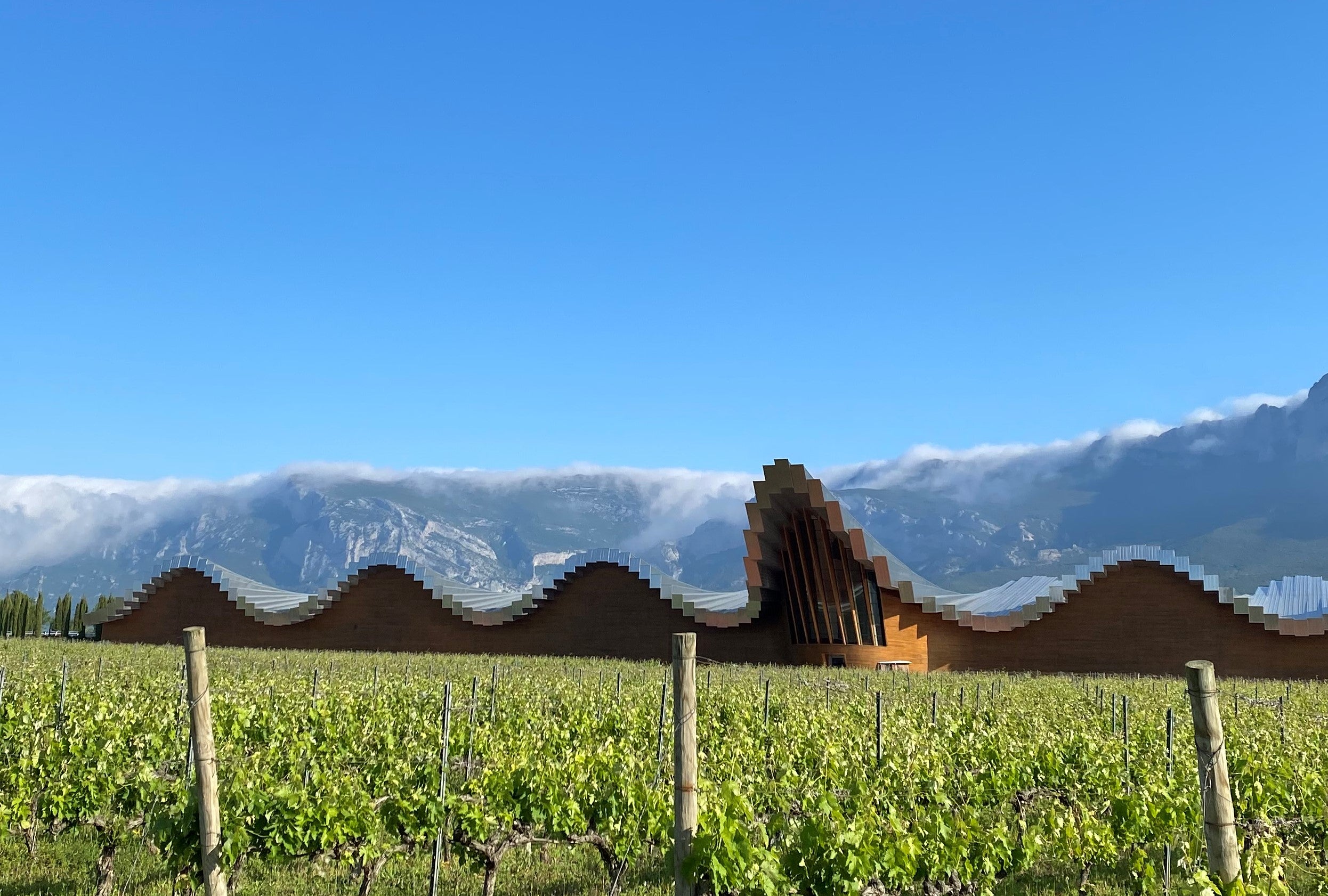
History
It’s believed that the winemaking was introduced to Rioja by the Phoenicians as early as 3000 BCE when they established their settlements in the Iberian Peninsula. It was during the Roman empire however that the region bloomed with vineyards, as happened throughout many regions of Europe with the conquest of Rome. Vineyards subsisted for centuries, even under Islamic rule and expanded in the Middle Ages with monks producing wine for liturgical purposes and as a preferred drink to accompany their meals.
Fast forward 500 years to the second half of the XIX century, where a devastating plague wiped out the majority of vineyards in Europe: phylloxera. It was then when Bordeaux producers, desperate to find suitable regions to keep producing their clarets, arrived to the region and made Rioja an important source of supply to offset their shortages. A railway connecting Rioja with major Spanish cities was constructed, assuring the easy transport of barrels of wine to France via the port. These French winemakers are worth mentioning because they were the ones who introduced the winemaking techniques the region still traditionally utilises today, among the: the ageing of wine in bordeaux shaped, 225L oak barrels.
Post Phylloxera, the region continued to grow and by 1925 a ruling body called Consejo Regulador was created and Rioja was officially recognised as a Designation of Origin, the first one in Spain. In 1991 the region reached another milestone: DOCa status, yet another first to protect the tradition and quality for which the region had become known.
Today, DOCa Rioja remains the most recognisable wine region from Spain for consumers around the world, its fame credited as responsible for the growth and popularity of Spanish wine globally.
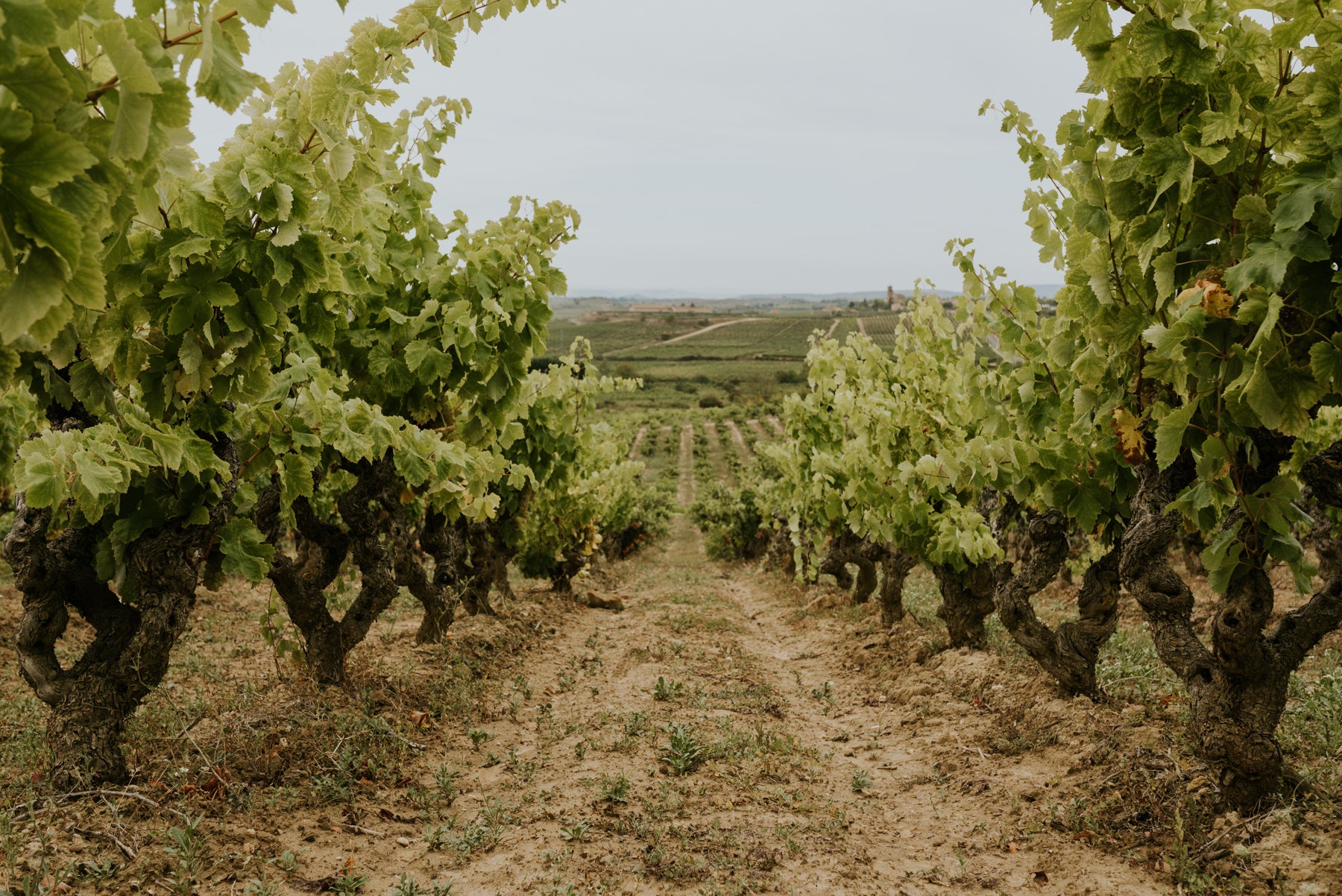
RIOJA classifications
Rioja wines can be classified by origin or by ageing. For many years the provenance of the wine was not allowed to be indicated on the label, but with a recent legislation change in 2017 it’s now possible within the DOCa, using the following ranking of terms:
- RIOJA: grapes can be sourced from anywhere in the region
- VINO DE ZONA: coming from a specific Zone: Rioja Alta, Rioja Oriental or Rioja Alavesa.
- VINO DE MUNICIPIO: similar to a “Village” wine, grapes and wine must be produced within the borders of a particular town.
- VIÑEDO SINGULAR: from a “singular vineyard” (or Cru). These wines must come from old vine vineyards and comply with several regulations including minimum vine age, maximum yield, historical considerations, etc. They also are tasted by an expert panel prior to release.
Classic RIOJA VINTAGES
Rioja has been producing extraordinary wines for a long time, and with modern vineyard management and winemaking techniques, poor vintages are becoming rare. There are however some vintages that are considered as ‘classic’ for their quality and they are worth remembering as they are very accessible when compared to other top regions. A classic vintage is not declared so often in Rioja and with only 9 of such vintages in the 20th century and 6 in the last 20 years, now is the best time to seek them out for your collection!
20th Century Classic Vintages:
1934, 1948, 1952, 1955, 1958, 1964 (the ‘vintage of the century’), 1982, 1994 and 1995.
21st Century Classic Vintages (so far):
2001, 2004, 2005, 2010, 2011 and 2019.
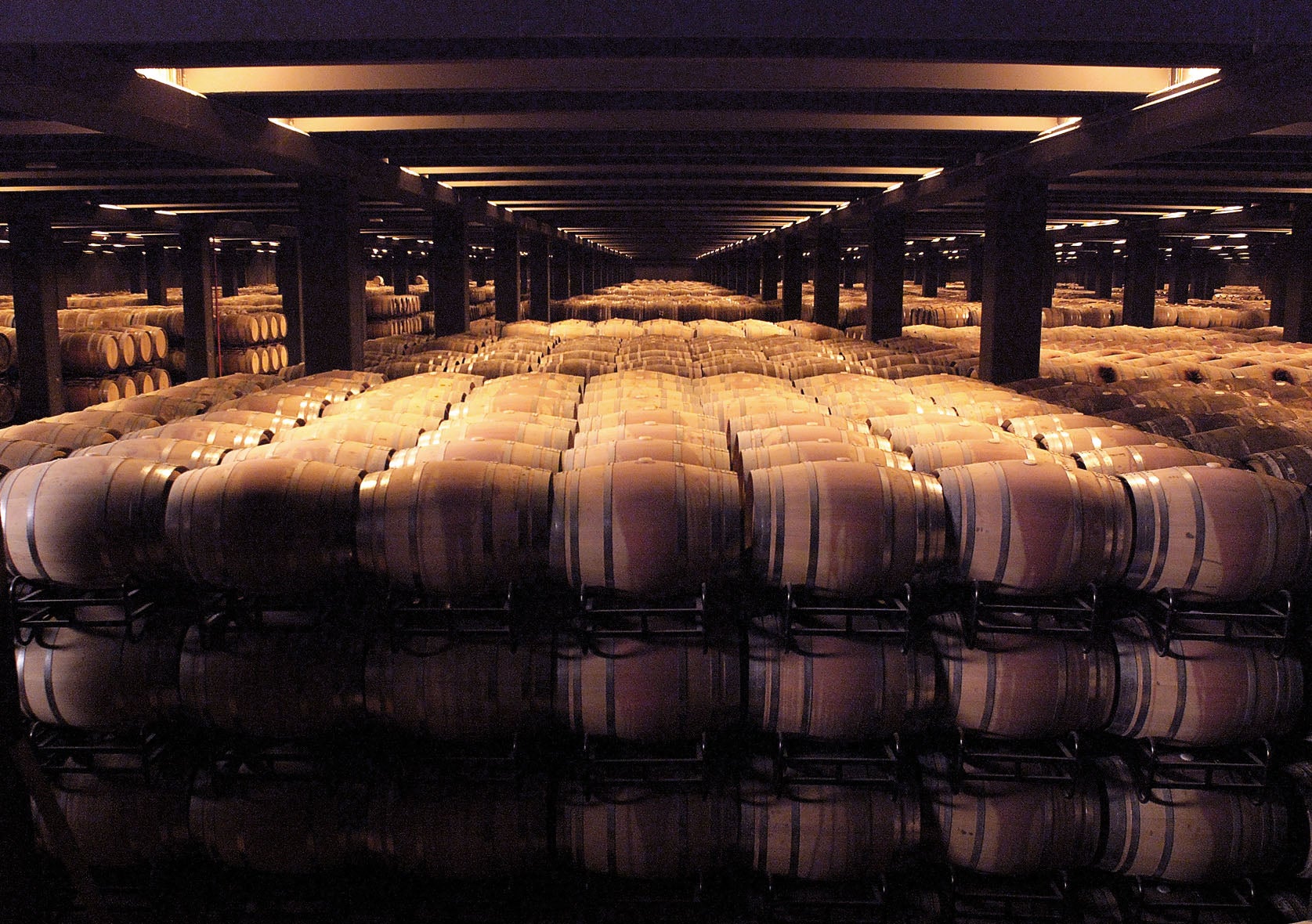
AGEING categories
The classic way to classify Rioja wines is according to time spent ageing, both in barrel (importanly only 225 litre oak barriques are considered) and bottle. Below the categories that the DOCa recognises are listed:
- GENERICO: no ageing required.
- CRIANZA: a total of 24 months of ageing, with a minimum of 12 months in oak barrel
- RESERVA: a total of 36 months of ageing, with a minimum of 12 months in oak barrel + 6 months in bottle
- GRAN RESERVA: a total of 60 months of ageing, with a minimum of 24 months in oak barrel + 24 months in bottle.
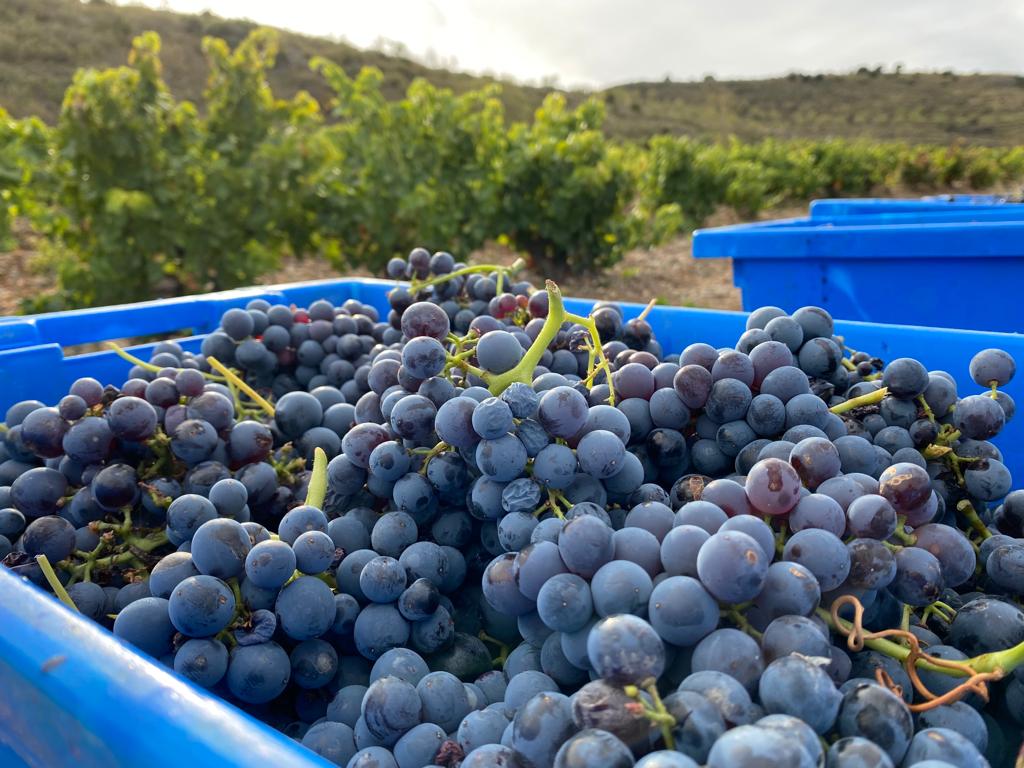
What to expect of 2021’s?
Although it’s too early to evaluate, when these lines were written growers were still picking grapes and the smell of fermentation flooded the air, the 2021 harvest promises to deliver very good quality wines.
While a few scattered rains occurred in September they managed to help with the vegetative growth of the vines without compromising the sanitary conditions. The cool temperatures also delayed the grape picking for a week compared to the previous year and as result a higher maturity was reached, equating to ripe tannins and a deep colour, without compromising freshness and balance.
We’re looking forward to seeing how these wines develop during ageing, and we eagerly await to taste the new vintage once the newly fermented wines begin to reveal themselves!
Cheers!



